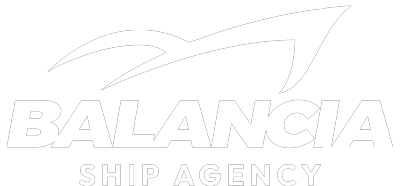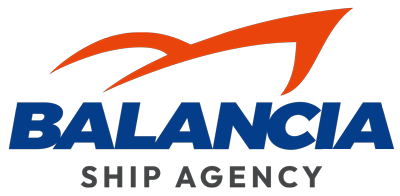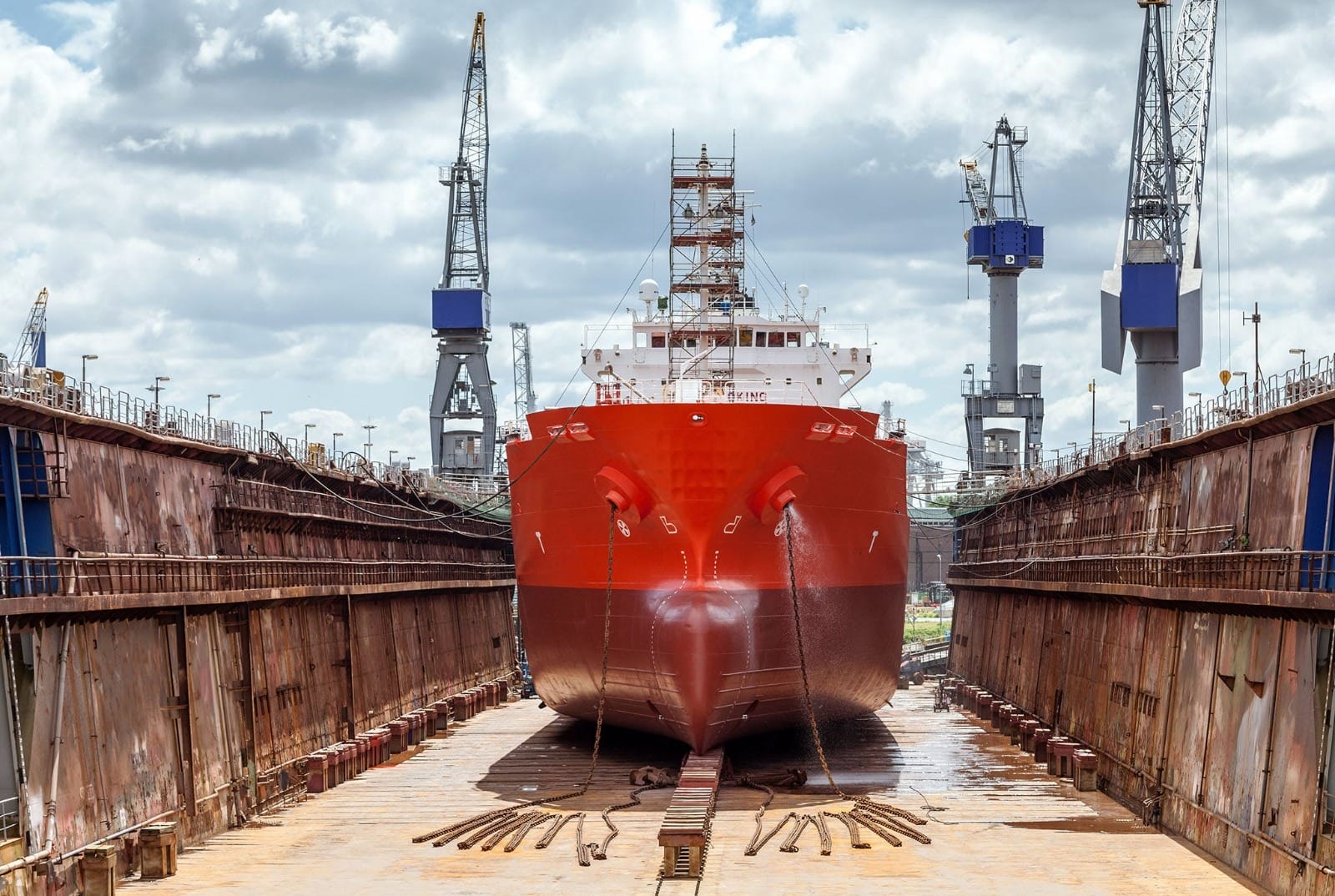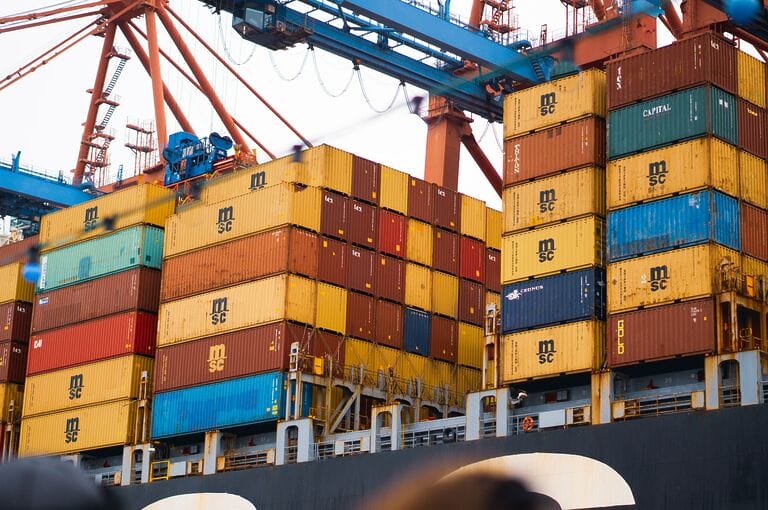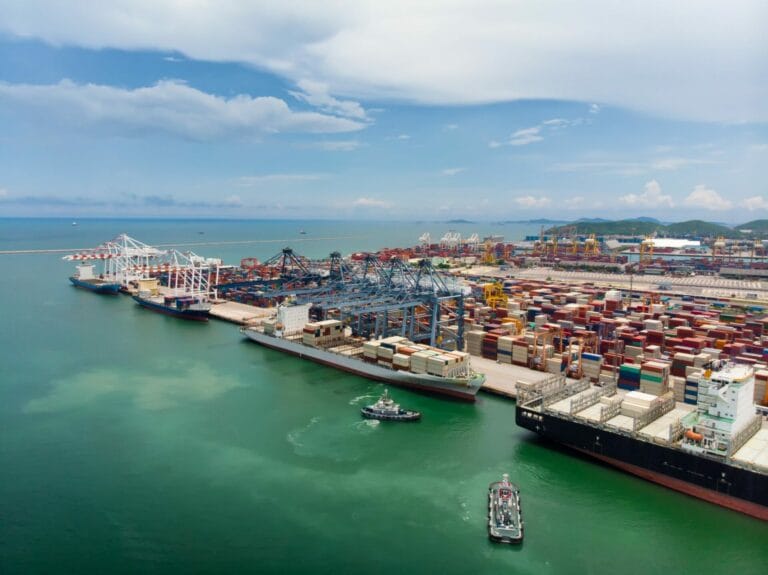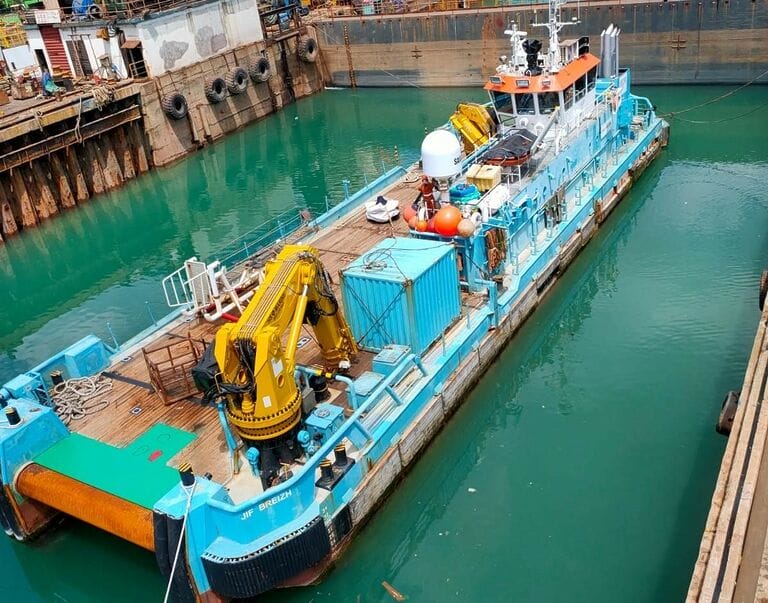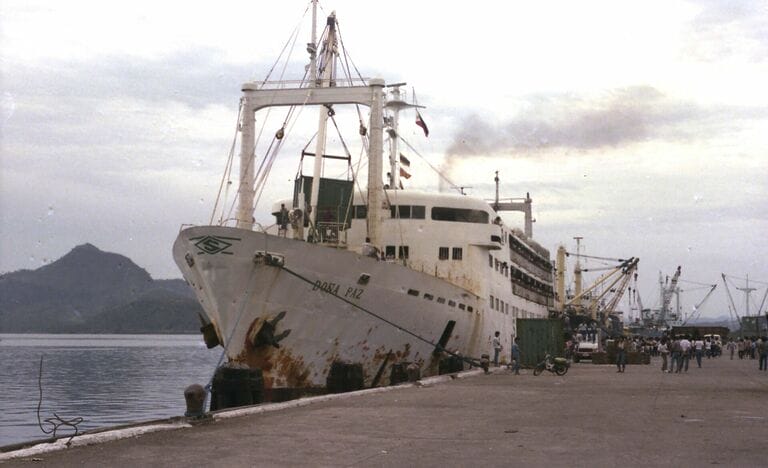Dry Docking: Maintaining Ship Excellence Above Water
Dry docking is an essential practice in the maritime industry that involves taking a ship out of the water for maintenance, repairs, and inspections. This comprehensive guide explores the various aspects of dry docking, including the reasons for dry docking, the types of dry docks, the dry docking process, and the safety measures involved. Whether you’re a ship owner, operator, or enthusiast, this article provides practical guidance and insights that cater to your diverse needs and interests. This article based on what we do in Balancia as port agency service that provide dry docking in indonesia
What is Dry Docking?
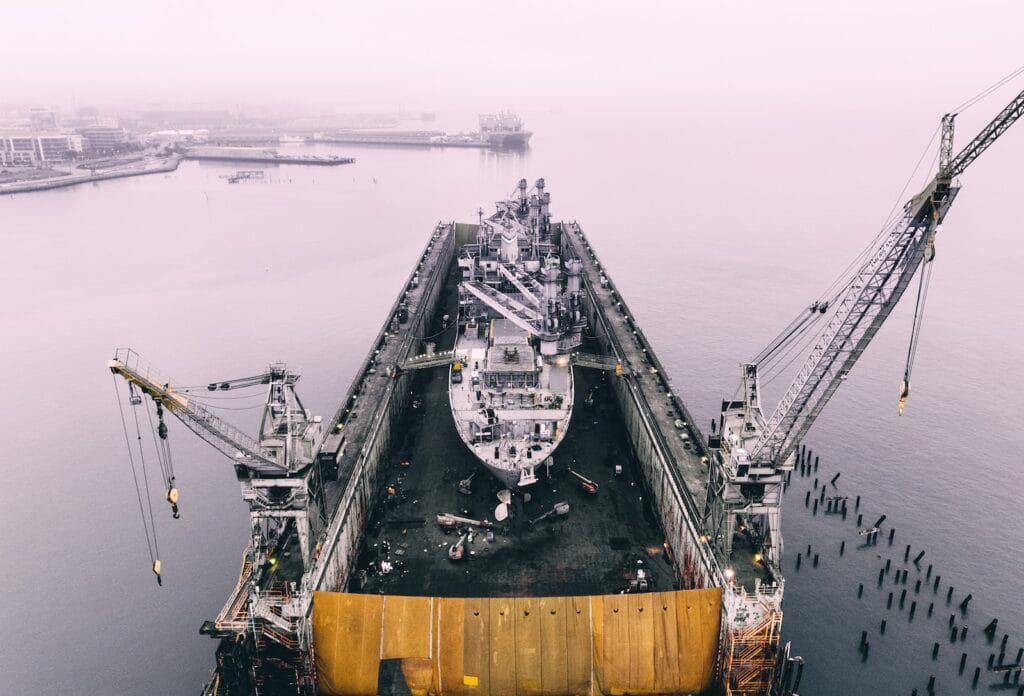
Definition of Dry Docking
Dry docking is the process of taking a ship out of the water and placing it in a dry dock for maintenance, repairs, and inspections. A dry dock is a large basin or vessel that can be drained of water to allow ships to be worked on in a dry environment.
Reasons for Dry Docking
There are several reasons why a ship may need to be dry docked. These include:
- Routine maintenance and inspections
- Repairs to the hull, propulsion system, or other equipment
- Painting and cleaning the boat hull
- Upgrading or replacing equipment and machinery
- Compliance with regulations and safety standards. International Convention for the Safety of Life at Sea (SOLAS) requirements mandate merchant vessels to have hull surveys in dry dock twice within a 5-year period and an intermediate survey within 36 months.
Types of Dry Docks
There are three main types of dry docks:
Graving Docks
Graving docks are the most common type of dry dock. They are large, rectangular basins that are dug into the ground and lined with concrete or other materials. When a ship is brought into a graving dock, the dock is flooded with water, and the ship is floated in. Once the ship is in position, the dock is drained, and the ship is supported on blocks or keel blocks.
Floating Docks
Floating docks are large, floating platforms that can be submerged to allow ships to be floated onto them. Once the ship is in position, the dock is raised, and the ship is supported on blocks or keel blocks.
Marine Railway
A marine railway is a type of dry dock that uses a railway track to move ships in and out of the water. The ship is placed on a cradle that is attached to a carriage, which is then pulled out of the water by a winch or other mechanism.
Safety Measures Involved in Dry Docking
Importance of Safety Measures
Dry docking can be a hazardous process, and it is essential to take safety measures to protect workers and the environment. Safety measures can also help to prevent accidents and injuries and ensure compliance with regulations and safety standards.
Common Safety Measures
Common safety measures involved in dry docking include:
- Providing workers with appropriate personal protective equipment (PPE)
- Ensuring that workers are properly trained and supervised
- Conducting regular safety inspections and audits
- Maintaining equipment and machinery to prevent malfunctions and breakdowns
- Following established procedures and protocols
Preparation for Dry Docking
Cleaning and Emptying the Ship
Before a ship can be dry docked, it must be cleaned and emptied of all equipment, machinery, and cargo. This may involve removing ballast water, fuel, and other fluids, as well as cleaning the hull and interior of the ship.
Removing Equipment and Machinery
All equipment and machinery must be removed from the ship before it can be dry docked. This may involve disconnecting electrical and mechanical systems, removing engines and propulsion systems, and dismantling other equipment.
Securing the Ship
Once the ship is empty and equipment is removed, it must be secured to prevent movement during the dry docking process. This may involve using chains, ropes, or other restraints to hold the ship in place.
Subject That Need Inspection and Maintenance

Hull Inspection and Maintenance
The hull of the ship must be inspected and maintained during dry docking. This may involve cleaning and painting the hull, repairing any damage or corrosion, and replacing any worn or damaged parts.
Propulsion System Inspection and Maintenance
The propulsion system of the ship must also be inspected and maintained during dry docking. This may involve cleaning and repairing the propellers, shafts, and other components, as well as replacing any worn or damaged parts.
Electrical and Mechanical System Inspection and Maintenance
All electrical and mechanical systems must be inspected and maintained during dry docking. This may involve testing and repairing wiring and connections, replacing worn or damaged parts, and ensuring that all systems are functioning properly.
Dry Docking Process
Arrival at Yard and Entering the Dry-dock
- The vessel arrives at the shipyard and completes port formalities.
- Tug boats and shipyard personnel assist the vessel in entering the dry-dock.
- Blocks are arranged by the shipyard based on the vessel’s specific docking plan.
Pumping Down the Dock and Vessel “Taking” the Blocks
- The water is drained from the dry-dock over approximately eight to ten hours.
- Dive teams ensure the block structures are correctly positioned before the vessel rests on them.
Ranging the Cables
- Once the dry-dock is dry, the cables or anchor chains are ranged on the dock bottom.
- Anchors and cables are inspected and measured to identify any defects, and necessary repairs or replacements are made.
Hull Painting
- Hull painting is a crucial part of dry-docking to ensure efficient vessel operations for the next five years.
- Washing: High-pressure washers are used to remove marine growth and chlorides from the ship’s side.
- Blasting: Rust or defective paint is removed using blasting techniques.
- Painting: The vessel is thoroughly cleaned and painted to protect the steel and prevent future corrosion. Anti-fouling paint is applied to the underwater side.
Opening Sea Chests and Overhaul of Sea Valves
- The sea chest, providing intake of sea water for cooling systems, is opened for cleaning, inspection, and painting.
- Ship-side sea valves are inspected and overhauled as necessary.
Necessary Repairs and Maintenance
- Maintenance work is carried out on engines, pumps, tanks, and cargo spaces as required.
- Repairs are made to the rudder, propeller, or shafting if any defects are identified.
Flooding the Dock
After all planned work is completed, the dry dock is flooded to prepare for the vessel’s departure.
Departure and Trials:
- The vessel is towed out of the dry-dock with the assistance of tugs and shipyard personnel.
- Sea trials are conducted in a safe anchorage area to ensure the proper functioning of all ship’s machinery.
- Once sea trials are complete, the vessel is commissioned back into service.
Importance of Safety Measures

Preventing Accidents and Injuries
Safety measures are essential to prevent accidents and injuries during dry docking. This can help to protect workers and prevent damage to the ship and the environment.
Ensuring Compliance with Regulations
Safety measures are also important to ensure compliance with regulations and safety standards. This can help to prevent fines and other penalties, as well as protect the reputation of the ship owner or operator.
Protecting the Environment
Safety measures can also help to protect the environment by preventing spills, leaks, and other environmental hazards. This can help to minimize the impact of dry docking on the surrounding ecosystem.
Risks and Hazards to Avoid
Fire Hazards
Fire hazards are a significant risk during dry docking, particularly during welding, cutting, and other hot work. It is essential to follow established procedures and protocols to prevent fires and ensure that workers are properly trained and equipped to handle fire emergencies.
Electrical Hazards
Electrical hazards are also a significant risk during dry docking, particularly from exposed wires and equipment. It is essential to ensure that all electrical systems are properly grounded and that workers are trained to identify and avoid electrical hazards.
Confined Spaces Hazards
Working in confined spaces can be hazardous during dry docking, particularly if workers are not properly trained and equipped. It is essential to follow established procedures and protocols to ensure that workers are safe when working in confined spaces.
Chemical Hazards
Chemical hazards can also be a significant risk during dry docking, particularly from paints, solvents, and other chemicals. It is essential to follow established procedures and protocols to ensure that workers are properly trained and equipped to handle chemical hazards.
Conclusion
Dry docking is an essential practice in the maritime industry that involves taking a ship out of the water for maintenance, repairs, and inspections. This comprehensive guide has explored the various aspects of dry docking, including the reasons for dry docking, the types of dry docks, the dry docking process, and the safety measures involved. By following established procedures and protocols and taking appropriate safety measures, ship owners and operators can ensure that dry docking is a safe and effective way to maintain and repair their vessels.
Need Dry Docking in Indonesia ? Contact Us Now!
BALANCIA SHIP AGENCY
HQ Address : Komplex Ruko Golden City Block C No.3A, Batam City, Indonesia 29432
www.balancia.co.id
Mobile Ph. : +628112929654
Office Ph. : +627784883769
